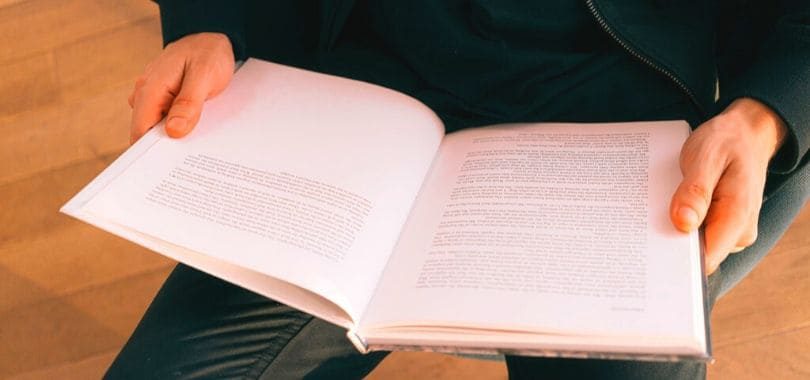
Flickr user English106
Notes are essential to the successful college student. Good notes can be the difference between passing a test and failing. I know I took my first year or two to discover how I needed to take great notes. Here is a short list of suggestions to help new students out:
Organize
The biggest thing I can stress is organization. Keep notes for the same class in the same place, whether that’s in a notebook or a Word document. Make a note every time you begin a new unit or chapter. You might also want to put in some separation after an exam to remind yourself what you need to study for the next one. Along with that, you will want to date your lecture notes. Some professors will have you write papers based on lectures and readings, and if you do not date your notes, you generally cannot reference them in a paper. I have also seen professors use dates on exams (i.e., “In lecture on 9/12/15, we covered…”).
Keep Up
There are arguments about which is better for note taking, handwritten or typed (hint, science says it’s handwritten). When it comes to lecture, use whichever method that allows you to keep up. There is nothing more frustrating than the professor or TA moving on while you’ve barely taken any notes. If your professor is one who puts the lecture notes online, it might help to print those out and make additional notes on the slides.
One important thing to remember is that you can’t always copy the slides and expect to be okay. Some professors go into greater detail on certain points, and you will be expected to know those details. So keep an ear open as you copy notes down and add in those details.
Write What’s Important
When taking notes from textbooks, it’s sometimes hard to distinguish what is important and what is not. While someone might have a better method to getting by, I used these criteria when reading my textbooks: key terms and definitions, formulas, people, and dates. How much detail you include next to these criteria depends on how much your brain needs in order to remember.
In addition to the main text of the book, be sure to pay attention to any side boxes with diagrams, graphs, or other real-life application information. Not every professor pulls from them, but they can be useful tools for helping information stick.
Understand Your Notes
This might seem like an easy point, but I don’t know how many times I looked back on my lecture notes and had no idea what I was writing about. Give enough context that when you are studying later on you can understand the point the instructor was making. Maybe you can write down Bystander Effect and know exactly what that means, but keeping the diagnostic criteria for various personality disorders straight is going to take some doing. Go into detail where you need to and don’t forget you can always ask professors and TAs to clarify points.
Make Notes Your Own
Every person has a distinct note-taking style. Even more importantly, every person has a different way for remembering information. Take the time to figure out what helps you remember best. For some people, it might be mnemonic devices. Perhaps there is something you can associate with the information that will assist your long-term storage. One of my good friends would pair information with pictures (i.e., a picture of Gimli the dwarf from Lord of the Rings next to information about dwarf stars) because imagery association helped her remember things. Other methods include using colored pens and typing in silly (but readable) fonts.
Lastly, in order to make notes your own, you have to be in class to take them! With the exceptions of illness and family emergencies, this is why it’s important to attend class. While you can ask friends and classmates for notes in a pinch, they may take notes differently than you. The best way to guarantee that you will understand the notes later on is to take them yourself.
Happy note-taking!


